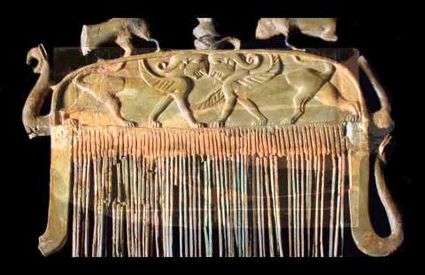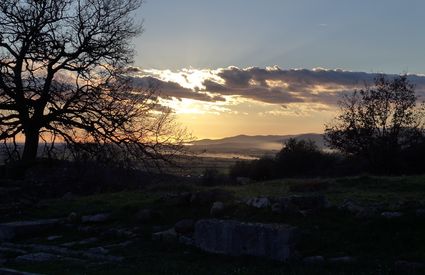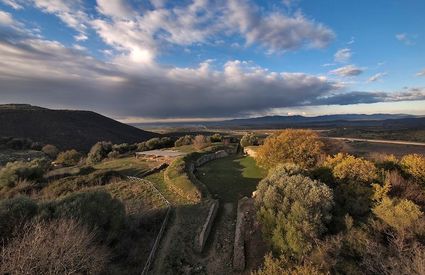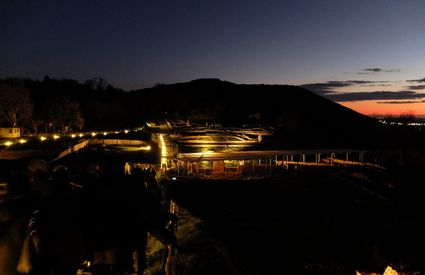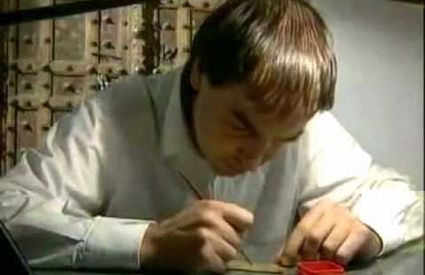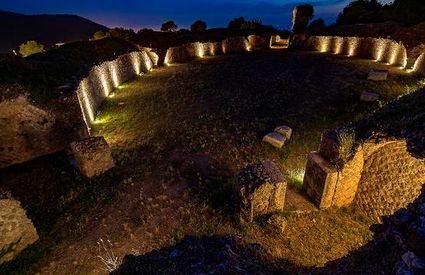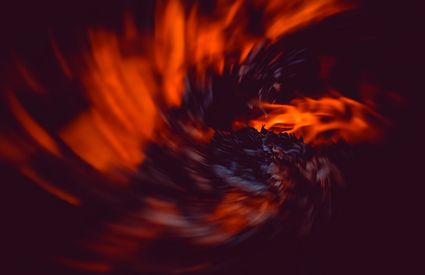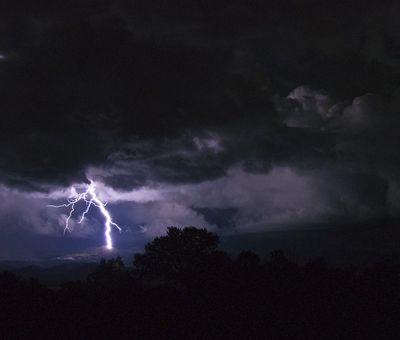They were scavengers set on
a continual hunt for treasures that time had kept hidden away. Murky, shifty
traffickers who lived in the dark, among the stone fragments spread all over
the place.
Here, at the apex of
Etruscan-Roman power, among the walls and throughout squares that opened onto
the plain, among the tabernae, the amphitheatre and the temple
ruins, where the statue of Agrippina slept, growing weary of her son
Nerone—here, once, say the grave robbers who hung around here in the stormiest
nights, underneath the stones that have seen it all, an incredible, sparkling
being was discovered. It came from the nearby Vetulonia, where
sophisticated artisans worked on fine metals and after rapid minting; it
suddenly appeared, sending furious lightning flashes among the dirt clumps that
the wind had dried up.
A hybrid beast, a
celestial being that roared between its hands: it might have had the
head of a monkey, or two heads of a lion, but it most certainly had the tail of
a hissing snake, which would crop up above its back and spit fire, ready to
release its fury.
Under the glare of
the moon, the word Tinscvil, red and
flaming, appeared on the leg of an infernal creature. Was it a gift to Tinia,
the supreme Etruscan god, whose distinctive attribute was a thunderbolt? Was it
a dream or a delusion? Was it gold or bronze? Who knows! It was as precious as
a treasure, but ferocious like a demon, and the terrified grave robbers let it
fall, escaping hastily from the space and its arcane mysteries.


